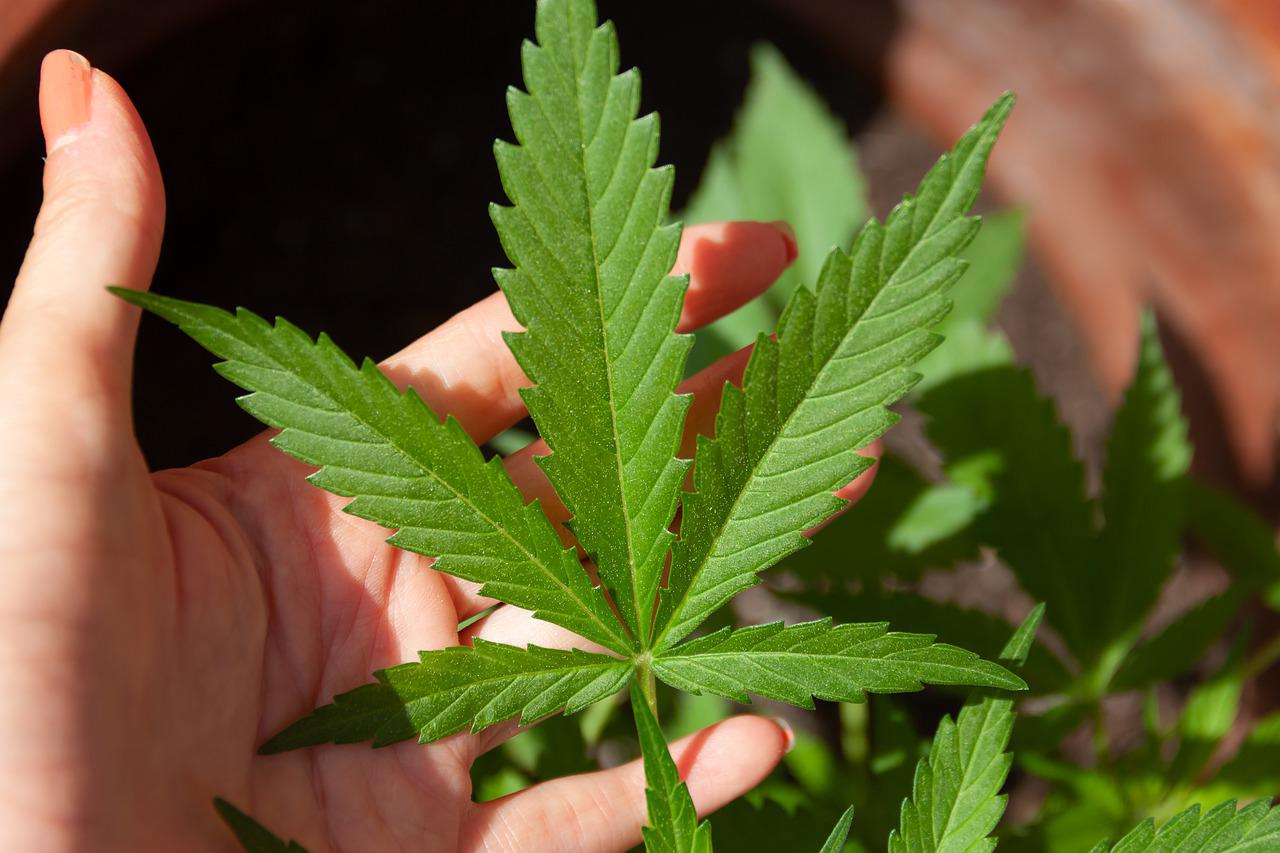
According to research, cannabis has been used by humans for at least 12,000 years, with its usage traced to the Altai Mountains in Central Asia. Various nomadic peoples helped spread the plant around the world. There are records of the ancient Chinese, Greeks, and Egyptians, among others, consuming the plant for medicinal purposes. Herodotus, the famed Greek historian, also spoke of the Scythians using the plant for recreational purposes in the 5th century BC.
Eventually, the plant spread to North America and Europe. It was used unencumbered for millennia before the American government outlawed marijuana in 1937. Various nations banned the plant, making it exceedingly difficult to research it. However, groups of brave scientists persevered, providing us with invaluable insight into how the cannabis plant, and its compounds, work on the human body.
The First Cannabinoid Extractions
Up until the early 1940s, the only compound extracted from cannabis was a non-intoxicating metabolite of THC. However, this all changed when Roger Adams and a team from the University of Illinois identified and synthesized CBD and CBN. Alas, because he didn’t describe CBD’s chemical makeup, he often isn’t credited for his discovery.
People sometimes ask: “What does CBD stand for?” The answer is “cannabidiol.” THC stands for tetrahydrocannabinol.
In 1964, Raphael Mechoulam, known as the “father of cannabis research,” brought five kilos of Lebanese hashish to his lab in Rehovot, Israel. Using this material, he and his team isolated and identified THC, the most prominent intoxicating compound in cannabis.
It was the beginning of marked growth in research into the pharmacology of cannabinoids. This mainly happened due to a substantial increase in the use of cannabis as a recreational drug. Therefore, researchers focused on the plant’s intoxicating properties rather than its therapeutic potential.
The Discovery of Cannabinoid Receptors
That’s not to say the plant’s potential for healing was completely overlooked. In 1980, a small clinical trial found that epilepsy patients experienced a reduction in seizure frequency after using CBD.
Once in vitro assays for cannabinoids were developed, it opened the door for researchers to take a closer look at how cannabinoids worked in the human body. Allyn Howlett’s St. Louis University lab found significant evidence for the existence of cannabinoid receptors in the 1980s.
In 1990, the CB1 receptor was cloned in humans and rats, and in 1993, the CB2 receptor was cloned in a Cambridge lab. Researchers found that CB1 binds THC and is associated with the intoxicating high of marijuana. We now know that the CB1 receptor is abundant in various parts of the brain, including the hippocampus and cerebellum.
CB2 receptors are primarily found in immune cells, but they are also present in the central nervous system.
Mechoulam pointed out that the receptors don’t exist because of a plant. Instead, they exist because we activate them through compounds in our bodies. Mechoulam began looking for the endogenous compounds that activate these CB receptors.
The Endocannabinoid System is Discovered
In 1992, in Mechoulam’s lab at Jerusalem’s Hebrew University, William Devane and Lumir Hanus discovered an endocannabinoid called anandamide, the Sanskrit word for “bliss.” The lab quickly uncovered another endocannabinoid called 2-arachidonoylglycerol (2-AG).
Although the above are the two best-known endocannabinoids, there are hundreds of them. Endocannabinoids are created on-demand and go to where they are needed.
They are part of the endocannabinoid system (ECS), a cell-signaling system that plays a major role in regulating functions including sleep, mood, memory and appetite. Endocannabinoid receptors such as CB1 and CB2, and enzymes, such as fatty acid amide hydrolase, are also key components of the ECS.
Although our ECS performs a wide variety of tasks, its goal is always to ensure the body remains in a state of homeostasis or balance. Whenever the ECS detects an imbalance within the internal environment, the body synthesizes compounds that interact with the CB receptors.
Cannabinoids such as THC and CBD interact with the ECS, which helps explain their positive benefits.
Final Thoughts on the History of Cannabis and the ECS
It took thousands of years and an incredible amount of dedication from researchers to uncover the ECS and understand why it is so important. We now know there’s a strong link between the cannabinoids in cannabis and the ECS through their endeavors.
However, scientists have only scratched the surface with an unknown number of exciting discoveries awaiting them. Hopefully, as their efforts reveal further benefits of cannabis, governments worldwide will finally understand that the plant should be made legal, leading to the end of its prohibition.
Read More: World News | Entertainment News | Celeb News
DatingC







